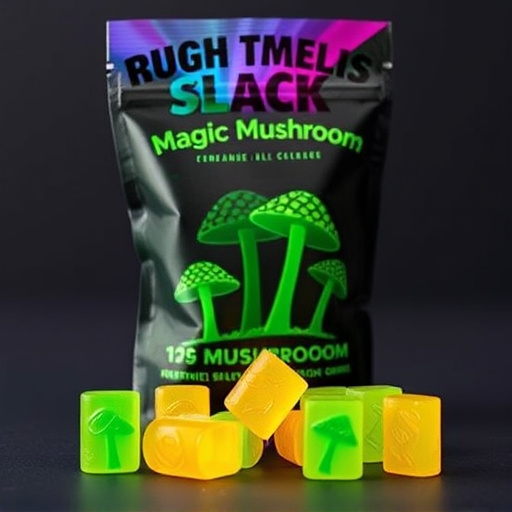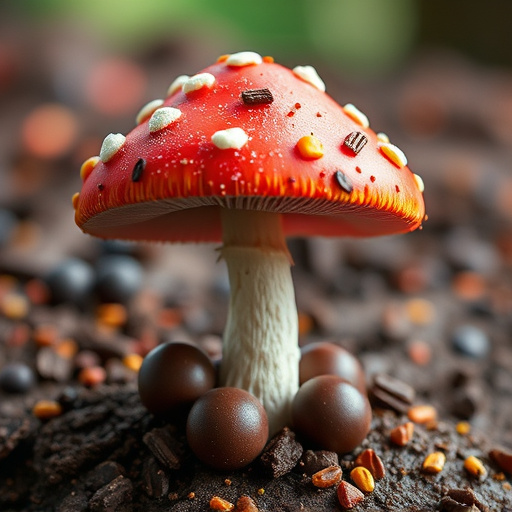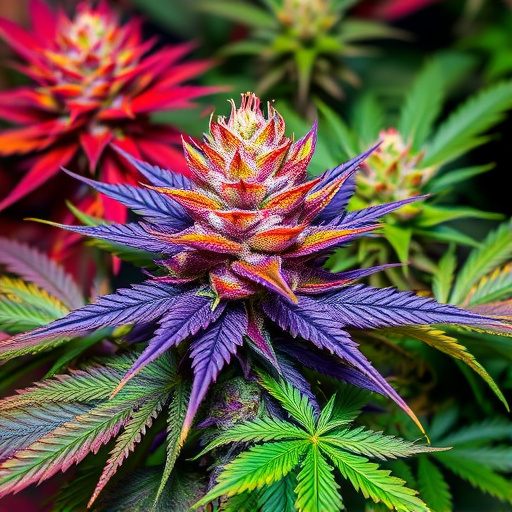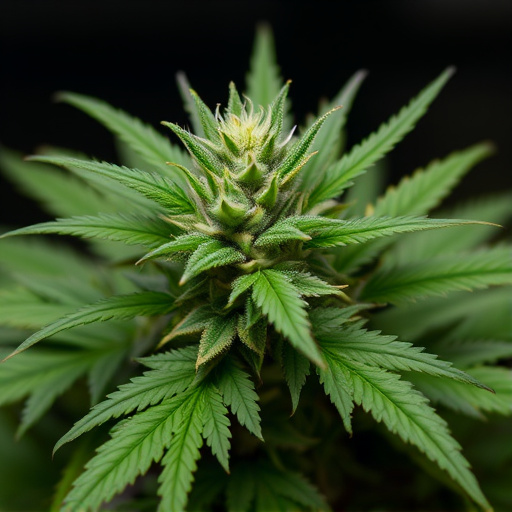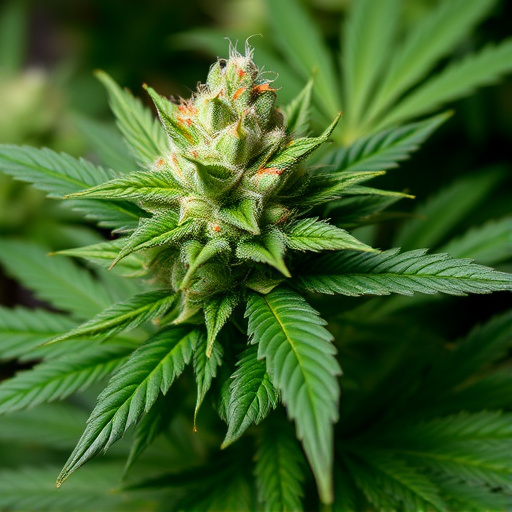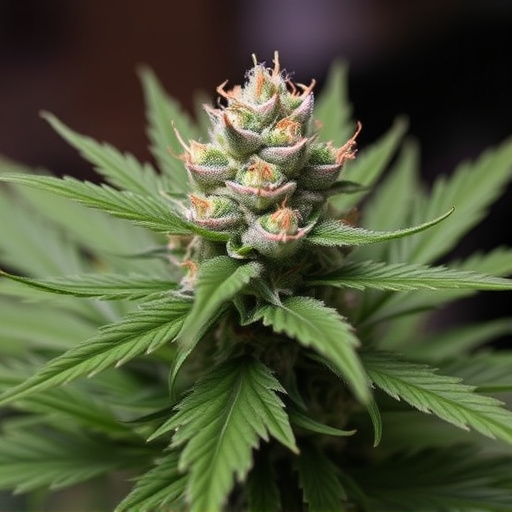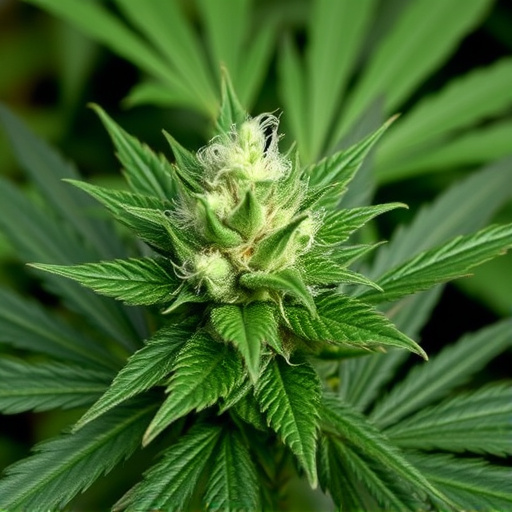The availability of the "best cannabis strains for beginners" is hindered by growing conditions, soil requirements, strain popularity, and regulatory controls, creating a challenging market dynamic. Limited cultivation spaces and specialized knowledge make it difficult to produce rare hybrids with specific medicinal properties, even for experienced users. High demand for popular strains results in limited supply, affecting retailers, growers, and consumers' access to diverse options, including the desired best cannabis strains for beginners.
In today’s thriving cannabis market, it’s surprising to find certain strains elusive. From limited cultivation and high demand to regulatory hurdles, factors contribute to their scarcity. This article delves into why popular, beginner-friendly strains like those with potent effects or specific medicinal benefits are often hard to come by. We explore alternatives and future prospects, including new cultivars, hybridization, and the global expansion of cultivation and legalization.
- Factors Contributing to Scarcity
- – Limited cultivation and production
- – High demand and popular preferences
Factors Contributing to Scarcity
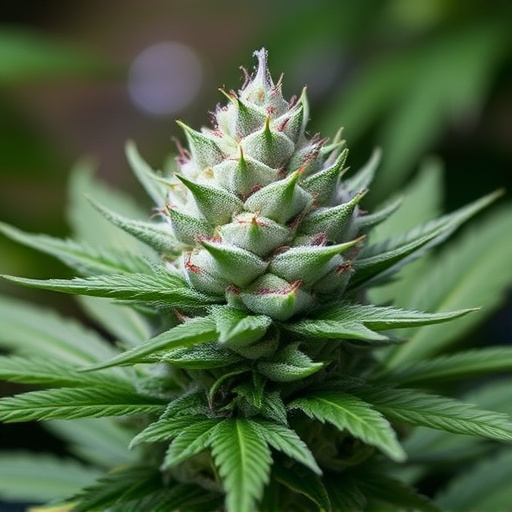
The scarcity of certain cannabis strains is a complex issue influenced by multiple factors. One of the primary reasons is the plant’s sensitivity to growing conditions. Cannabis, like any other crop, requires specific climate and soil requirements to thrive. Variations in these factors can significantly impact the yield and potency of each strain, making some varieties more exclusive than others.
Additionally, the popularity of specific strains plays a significant role. Best cannabis strains for beginners often gain widespread recognition, leading to increased demand. When high-demand strains are limited in supply or their cultivation proves challenging, it becomes harder for consumers to find them. This dynamic is further complicated by regulatory and legal factors, as certain strains may be subject to stricter controls, impacting their availability in specific regions.
– Limited cultivation and production
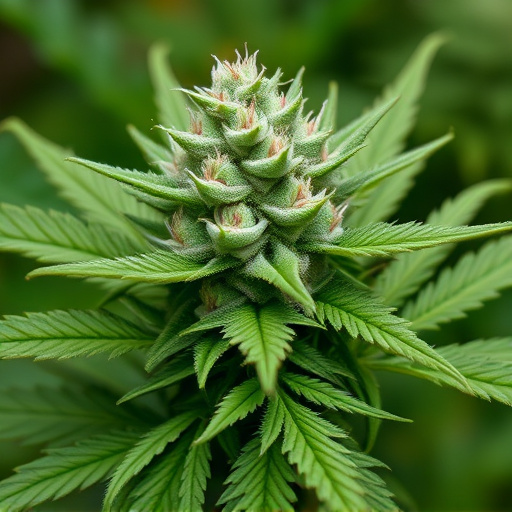
In the ever-evolving world of cannabis, the availability of certain strains can be as elusive as a rare treasure. One significant factor contributing to this is the limited cultivation and production of many unique varieties. While popular choices are widely accessible, the real challenge lies in tracking down those considered best for beginners or less common hybrids with specific medicinal properties.
Cannabis cultivators often face challenges such as stringent regulations, limited growing spaces, and the need for specialized knowledge to produce high-quality, consistent crops. These factors can result in a scarcity of certain strains, making them hard to find even for experienced users, let alone newcomers exploring the benefits of cannabis.
– High demand and popular preferences
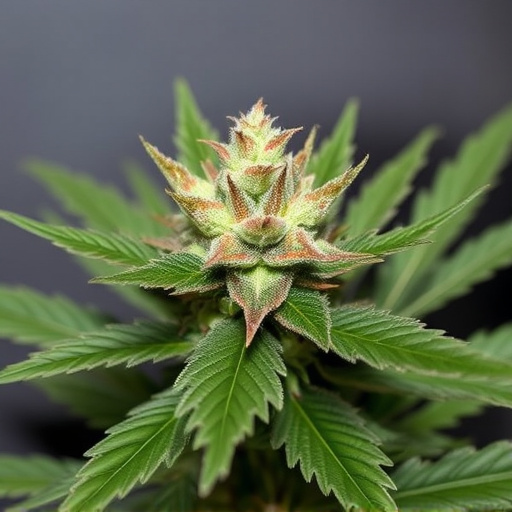
In today’s market, certain cannabis strains have become so in-demand that they’re often hard to find. Popular preferences play a significant role in this phenomenon; many newcomers, especially those considering cannabis for the first time, seek out what are considered the best cannabis strains for beginners. These varieties typically offer balanced effects, providing both relaxation and mild euphoria without overwhelming users with intense potency levels. The high demand for these popular choices often leads to limited availability, as cultivators struggle to keep up with consumer preferences.
This shift in market dynamics has created a challenge for both retailers and growers, who must constantly adapt to meet the ever-changing demands. As a result, lesser-known but equally potent and therapeutic strains may be overshadowed, making it even more difficult for beginners (and enthusiasts alike) to access a diverse range of cannabis options.
The scarcity of certain cannabis strains, particularly among the best cannabis strains for beginners, can be attributed to a delicate balance between limited cultivation and production on one hand, and high demand driven by popular preferences on the other. As the industry continues to grow, fostering accessible cultivation practices and diverse product offerings will be key to ensuring consumers have a wide range of options, including those hard-to-find varieties that cater to specific tastes and needs.

